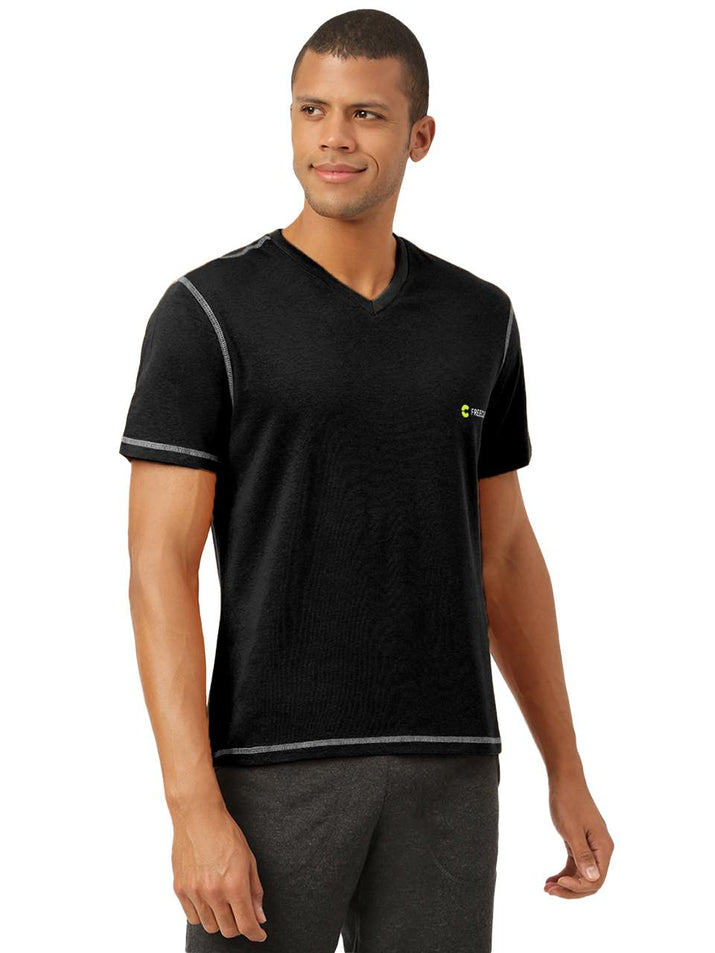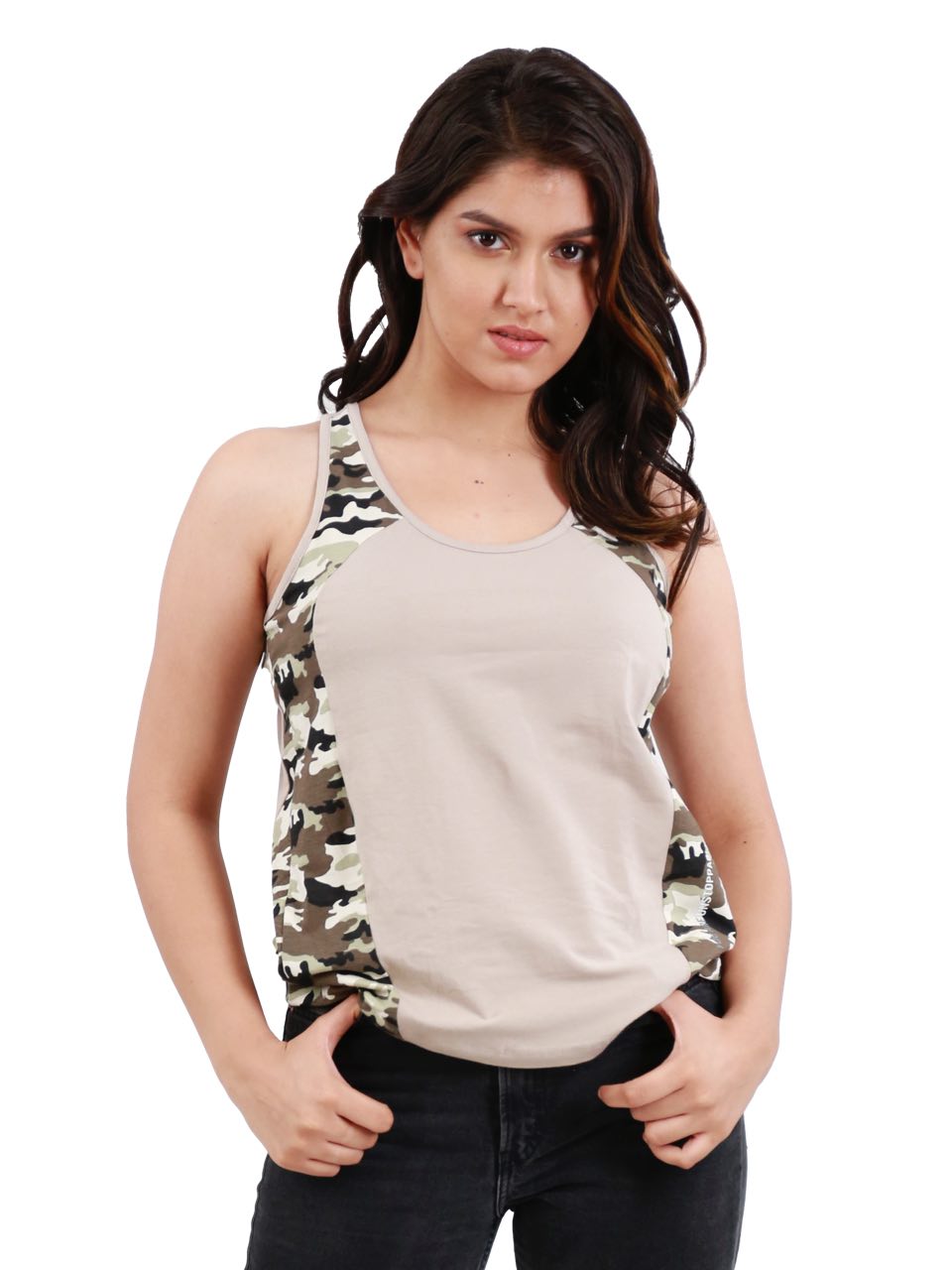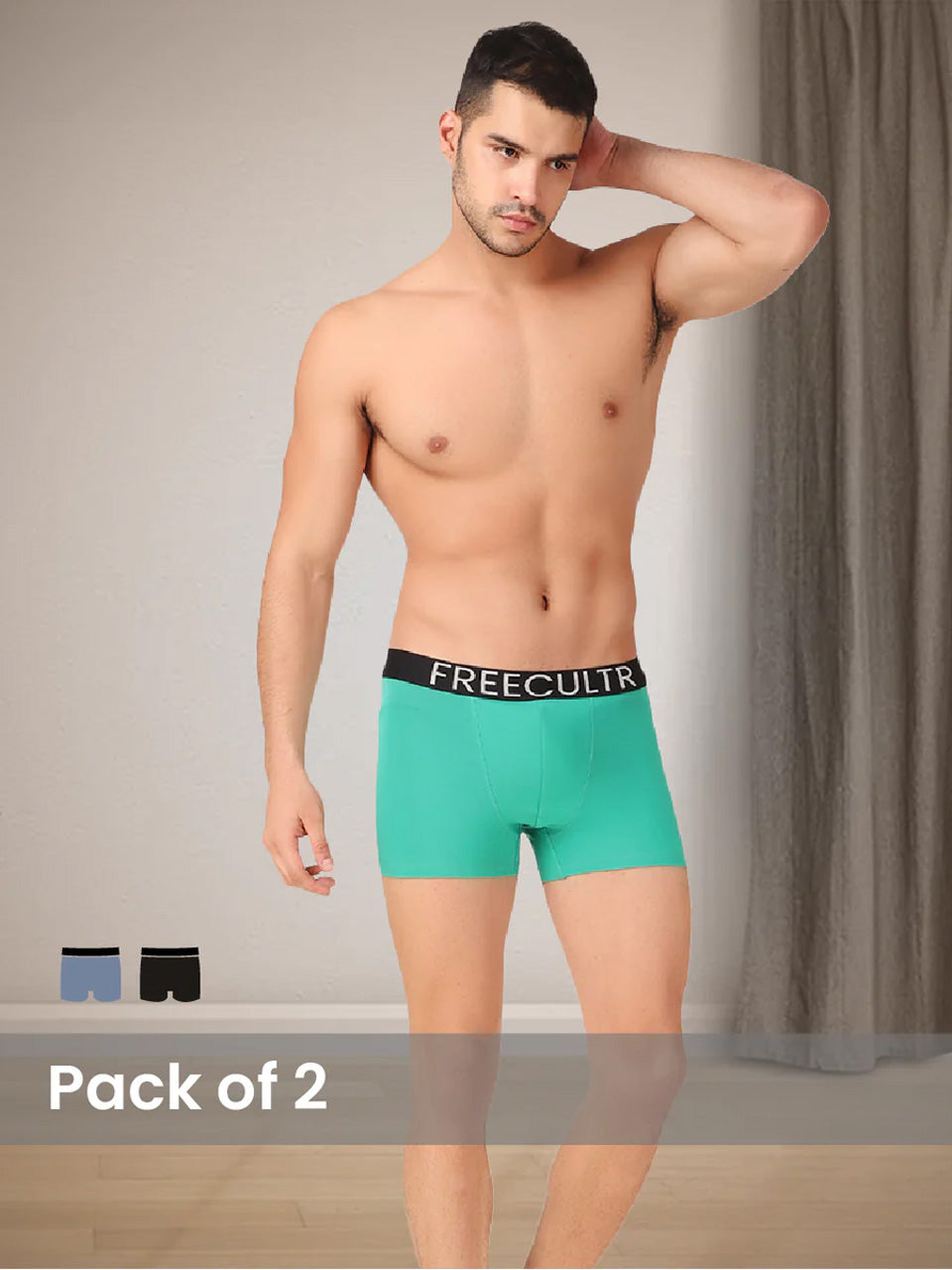Beyond simple comfort, the modern tee represents a complex interplay of textile science and consumer demand, where the tactile luxury of softness must coexist with the rigorous demands of lasting durability. Advancements in micro-modal fibers and long-staple cotton varieties like Supima, combined with innovative knitting technologies such as interlock and compact spinning, now allow for tees that resist pilling and maintain their structural integrity through countless washes. This evolution isn't merely about feel; it reflects a current trend towards mindful consumption, where discerning consumers prioritize garments engineered for an extended lifecycle, moving past fast fashion to embrace enduring quality in their everyday wear.

The Foundation of Comfort: What Makes a Tee Truly Soft?
When we talk about the ideal tee, softness is often the first characteristic that comes to mind. But what exactly contributes to that luxurious, skin-friendly feel? It's a complex interplay of the raw materials, how they are processed. The final finishing touches. Understanding these elements is key to appreciating the quality of your favorite tees.
Fiber Selection: The Starting Point
- Natural Fibers Cotton is king when it comes to softness. Within cotton, there are distinctions:
- Upland Cotton The most common variety, with medium-length fibers. While soft, it can be prone to pilling if not treated well.
- Long-Staple Cotton (e. G. , Pima, Supima, Egyptian Cotton) These varieties boast extra-long fibers, which can be spun into finer, stronger. Inherently softer yarns. The longer fibers reduce stray ends, leading to a smoother fabric surface that feels incredible against the skin.
- Modal and Tencel (Lyocell) These are semi-synthetic fibers derived from wood pulp (often beech or eucalyptus). They are renowned for their exceptional softness, drape. Breathability, often surpassing cotton in these aspects. Their smooth fiber structure minimizes friction, contributing to a silky feel.
- Bamboo Viscose Another plant-based fiber known for its incredible softness, often described as feeling like silk or cashmere. It also offers excellent moisture-wicking properties.
Yarn and Fabric Construction: Weave and Knit Matters
Beyond the fiber itself, how the yarn is spun and how the fabric is constructed significantly impacts softness. Finer yarns (higher thread count) generally lead to softer fabrics. For tees, knit constructions are predominant:
- Jersey Knit The most common knit for tees, creating a smooth, flexible fabric. The tighter the knit and finer the yarn, the softer the jersey will feel.
- Interlock Knit A double-knit construction that results in a thicker, firmer. Often softer fabric than single jersey. It has a smoother surface on both sides.
- Rib Knit Characterized by vertical ribs, this knit is very stretchy and form-fitting. While comfortable, it might not offer the same uniform softness as jersey or interlock across the entire surface.
Finishing Processes: The Softness Amplifiers
Even after the fabric is woven or knitted, several finishing treatments can enhance the softness of tees:
- Enzyme Washing This process uses enzymes to break down surface fibers, reducing stiffness and creating a worn-in, incredibly soft feel. It also minimizes pilling.
- Silicone Washes Applying silicone softeners to the fabric surface creates a smooth, slick hand feel.
- Brushing or Peaching Mechanical processes where the fabric surface is gently brushed or abraded to raise tiny fibers, creating a fuzzy, peach-skin-like softness.
- Mercerization Primarily for cotton, this chemical treatment strengthens the fibers, increases luster. Enhances dye uptake. While not directly for softness, it improves the fabric's overall quality and drape, which contributes to a perception of luxury.
The Backbone of Longevity: Unpacking Durability in Tees
Softness is paramount. A tee that falls apart after a few washes is hardly a good investment. Durability ensures your favorite tees withstand the rigors of wear and washing, maintaining their shape, color. Integrity over time. Several factors contribute to a tee's lasting power.
Fiber Strength and Resilience
- Cotton While soft, cotton’s strength can vary. Long-staple cottons are generally stronger and more resistant to tearing and abrasion than short-staple varieties.
- Polyester A synthetic powerhouse, polyester is known for its exceptional strength, resistance to shrinking, stretching. Wrinkles. It holds color well and is very durable, often blended with cotton to enhance the longevity of tees.
- Blends Fabric blends, such as cotton-polyester or cotton-modal, often combine the best attributes of each fiber. For instance, a cotton-polyester blend tee offers the softness of cotton with the enhanced durability and shape retention of polyester.
Yarn Quality and Fabric Construction
The way the yarn is spun and the fabric is knitted or woven plays a critical role in durability.
- Tightly Spun Yarns Yarns that are tightly spun are generally stronger and less prone to pilling or breaking.
- High Stitch Density For knitted tees, a higher stitch density (more stitches per inch) means a more compact and stable fabric that is less likely to stretch out of shape or unravel. It also makes the fabric more resistant to snags.
- Seam Construction The quality of stitching is paramount. Double-needle stitching on hems and sleeves. Reinforced shoulder seams, significantly enhance the durability of a tee. Chain stitching offers superior strength, especially in high-stress areas.
Dyeing and Finishing Processes for Longevity
- Reactive Dyes These dyes chemically bond with the fabric fibers, resulting in excellent colorfastness, meaning the color is less likely to fade or bleed after washing.
- Pre-Shrinking (Sanforization) This mechanical process pre-shrinks the fabric during manufacturing, significantly reducing shrinkage after purchase and washing. This is crucial for maintaining the fit and shape of tees.
- Anti-Pilling Treatments Some tees undergo treatments to reduce the formation of tiny balls of fiber (pills) on the fabric surface, which can make a garment look worn out even if it's structurally sound.
A personal anecdote: I once bought a set of plain white tees from a reputable brand known for their long-staple cotton. While initially more expensive, they maintained their pristine white color, softness. Shape for years, far outlasting cheaper alternatives that quickly became discolored and shapeless. This experience reinforced the value of investing in quality materials and construction for lasting durability in tees.
Comparing Key Fabric Types for Tees: Softness vs. Durability
The choice of fabric is perhaps the most critical decision in determining both the softness and durability of tees. Here's a comparative look at the most common types:
| Fabric Type | Softness Profile | Durability Profile | Common Use Case for Tees | Pros | Cons |
|---|---|---|---|---|---|
| Standard Cotton | Good, breathable, comfortable. | Moderate; can shrink and wrinkle, prone to pilling with wear. | Everyday casual tees, promotional tees. | Affordable, breathable, natural feel. | Prone to shrinking/wrinkling, slower drying, can lose shape. |
| Long-Staple Cotton (Pima, Supima, Egyptian) | Excellent; very soft, smooth, luxurious feel. | High; stronger fibers resist breaking, pilling. Fading better than standard cotton. | Premium basic tees, high-end casual wear. | Exceptional softness, increased durability, better drape, retains color well. | More expensive than standard cotton. |
| Polyester | Varies; can feel less natural. Modern polyesters are much softer. | Excellent; highly resistant to shrinking, stretching, wrinkles. Fading. | Athletic tees, performance wear, durable work tees. | Very durable, quick-drying, wrinkle-resistant, holds shape, colorfast. | Less breathable than cotton, can feel less natural, prone to static cling. |
| Cotton-Polyester Blends | Very good; combines softness of cotton with benefits of polyester. | High; significantly more durable than 100% cotton, less prone to shrinking/wrinkling. | Versatile everyday tees, activewear, graphic tees. | Balances softness, durability, breathability. Shape retention. | May not be as breathable as 100% cotton, or as soft as premium cotton. |
| Modal / Tencel (Lyocell) | Exceptional; very silky, smooth. Soft with excellent drape. | Good to High; resistant to shrinking, pilling. Fading. Stronger when wet than rayon. | Premium casual tees, comfort-focused loungewear. | Extremely soft, breathable, moisture-wicking, eco-friendly processing. | More expensive, can be prone to wrinkling if not blended. |
| Bamboo Viscose | Exceptional; often described as 'buttery soft' or 'cashmere-like'. | Good; reasonably durable but can be more delicate than cotton, prone to stretching if not blended. | Luxury casual tees, eco-conscious apparel, sleepwear. | Incredibly soft, highly breathable, moisture-wicking, naturally antibacterial. | Can be more expensive, may require delicate care, can stretch out of shape if not blended. |
The Art of Care: Maximizing the Softness and Longevity of Your Tees
Even the highest quality tees require proper care to maintain their softness and durability over time. Simple adjustments to your laundry routine can make a significant difference in how long your tees look and feel new.
Washing Wisdom for Tees
- Read the Label Always check the care tag. It provides specific instructions tailored to the fabric composition of your tees.
- Cold Water is Your Friend Washing tees in cold water helps prevent shrinking, color fading. Damage to delicate fibers. It's also more energy-efficient.
- Gentle Cycle Use the gentle cycle on your washing machine. The reduced agitation minimizes wear and tear on the fabric, preserving its softness and preventing stretching or pilling.
- Turn Inside Out Before washing, turn your tees inside out. This protects the outer surface, especially if they have prints or embellishments. Reduces friction that can lead to pilling.
- Separate Colors Wash similar colors together to prevent dye transfer, which can dull the vibrancy of your tees.
- Use Mild Detergent Harsh detergents can strip natural oils from fibers, leading to stiffness. Opt for a mild, pH-neutral detergent. Avoid excessive use of bleach or fabric softeners that can build up on fibers over time, ironically making them less soft.
Drying Strategies for Lasting Quality
- Air Dry When Possible The best method for preserving softness and preventing shrinkage is to air dry your tees. Lay them flat on a clean surface or hang them on a padded hanger to maintain their shape.
- Low Heat Tumble Dry If you must use a dryer, select the lowest heat setting. High heat can damage fibers, cause significant shrinkage. Make tees feel rough or stiff. Remove them while slightly damp to minimize wrinkles and further heat exposure.
- Avoid Over-Drying Over-drying can make fabrics brittle and less soft. Remove tees as soon as they are dry to the touch.
Storage and Maintenance
- Fold Neatly Fold your tees neatly to prevent stretching and creasing, especially if they are made of delicate materials. Avoid hanging heavy tees on thin hangers, which can cause shoulder bumps.
- Address Stains Promptly Treat stains as soon as they occur to prevent them from setting, which can require harsher washing later.
- Rotate Your Wardrobe Give your favorite tees a break by rotating them. This reduces the frequency of washing and wear on individual garments, extending their lifespan.
By implementing these simple care routines, you'll ensure your tees remain a soft, comfortable. Durable staple in your wardrobe for years to come.
Decoding Quality: What to Look for When Buying Tees
With countless options on the market, identifying a high-quality tee that delivers on both softness and durability can be challenging. Knowing what to scrutinize can help you make informed purchasing decisions for your next set of tees.
Fabric Feel and Appearance
- Hand Feel The most immediate indicator. Does the fabric feel soft, smooth. Substantial. Not overly heavy? A truly soft tee often has a natural drape.
- Sheen and Texture High-quality long-staple cottons or Modal/Tencel blends often have a subtle sheen and a very smooth, uniform surface. Avoid fabrics that look fuzzy or uneven from the start, as this can indicate shorter fibers prone to pilling.
- Opacity Hold the tee up to the light. Does it seem overly thin or transparent? Thinner fabrics often correlate with lower durability and can lose their shape more quickly.
Construction and Stitching
- Seam Quality Examine the seams. Look for neat, even. Straight stitching. Double-needle stitching on hems and sleeves is a hallmark of durability, providing extra reinforcement. Avoid loose threads or skipped stitches.
- Shoulder and Neckline Reinforcement The neckline is a high-stress area. A ribbed collar that springs back into shape, or a taped shoulder seam (a strip of fabric sewn over the seam to prevent stretching), indicates better construction and longevity for tees.
- Fabric Grain Gently pull the tee diagonally. Does it spring back into shape easily? If it distorts or stays stretched, it might be cut against the grain, which leads to twisting and misshaping after washing.
Brand Reputation and Certifications
- Reputable Brands Brands known for quality often invest in better materials and manufacturing processes. While not always the cheapest, they often offer better long-term value.
- Certifications Look for certifications that indicate quality and ethical production, such as Oeko-Tex Standard 100 (ensuring no harmful substances) or GOTS (Global Organic Textile Standard) for organic cotton tees. While these don't directly speak to softness or durability, they often correlate with higher overall product quality and responsible sourcing.
For instance, a friend of mine, a textile engineer, always advises feeling the fabric between your fingers. "If it feels slick or overly 'processed' without a natural give," she once told me, "it might be masking lower quality fibers. The best tees have a natural, resilient softness." This simple test has helped me avoid many flimsy tees over the years.
By paying attention to these details, you can confidently select tees that not only feel amazing from day one but also stand the test of time, proving to be a wise addition to your wardrobe.
Conclusion
Ultimately, a great tee isn't just about that initial buttery soft touch. How it stands the test of countless washes and wears. As the 'slow fashion' movement gains traction, prioritizing durable, high-quality tees becomes a conscious choice. My personal experience has shown that a premium cotton blend, like a ringspun or Pima cotton, truly maintains its shape and luxurious feel, unlike cheaper alternatives that quickly pill or lose their luster. Always scrutinize the fabric weight and the integrity of stitching around the collar and seams; these are critical indicators of longevity. To maximize their life, I consistently recommend washing tees inside out in cold water and air-drying them. This simple act drastically reduces wear and tear, preserving that exquisite softness we all crave. By making informed choices and caring for your garments, you're not just buying a tee; you're investing in lasting comfort and effortless style that seamlessly integrates into your daily life. Embrace the journey of quality over quantity; your wardrobe and the planet will thank you.More Articles
Men's T-Shirt – Everyday Style & Ultimate SoftnessMen's Tank Top – Athletic Freedom & Cool Wear
Women's Tank Top – Breathable Comfort & Layering Versatility
Inner Wear – Enhanced Support & Breathable Fabrics
Inner Wear – Seamless Feel & All-Day Freshness
FAQs
Just how soft are these tees, really?
Our tees are crafted from premium, ringspun cotton blends that feel incredibly smooth and gentle against your skin from the very first wear. We prioritize a luxurious, broken-in feel right out of the package, so there's no need to 'break them in'.
Will they stay soft after I wash them?
Absolutely! With proper care (cold wash, tumble dry low), our tees are designed to retain their signature softness wash after wash. The high-quality fabric construction helps prevent that stiff, scratchy feeling you sometimes get with other shirts, ensuring lasting comfort.
What makes these tees so durable?
It's all in the details! We use high-quality, long-staple cotton fibers and reinforced stitching, especially in stress points like the collar and seams. This meticulous construction means our tees are built to withstand everyday wear and tear, not just look good for a season.
Can these shirts really handle a lot of washes without falling apart or losing shape?
Yes, they're built to last! Our fabrics are pre-shrunk and colorfast, so you won't have to worry about them losing their original shape, size, or vibrancy after repeated cycles. They're designed to be your go-to, reliable tee for years, not just months.
Are they comfortable enough for all-day wear?
Definitely! Beyond their incredible softness, the breathable fabric and ideal fit make them perfect for any activity, whether you're lounging at home, running errands, or layering up. You'll barely notice you're wearing them, that's how comfortable they are.
What kind of materials do you use to get this combination of softness and durability?
We primarily use premium ringspun cotton, often blended with a touch of modal or polyester. This specific blend gives you the best of both worlds: that luxurious soft feel, enhanced drape. Long-lasting strength that holds up to daily life.
Do these tees shrink or stretch out of shape over time?
We take great care to minimize shrinkage. Our tees are pre-shrunk during manufacturing. The quality of the fabric and stitching helps them maintain their original fit and shape, even with regular wear and washing. You can count on them to keep their form.






